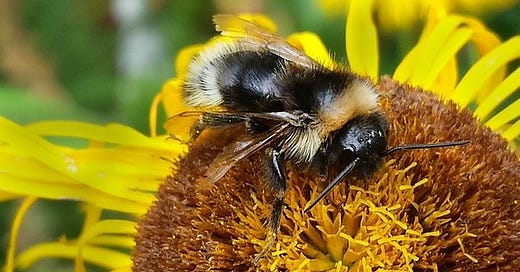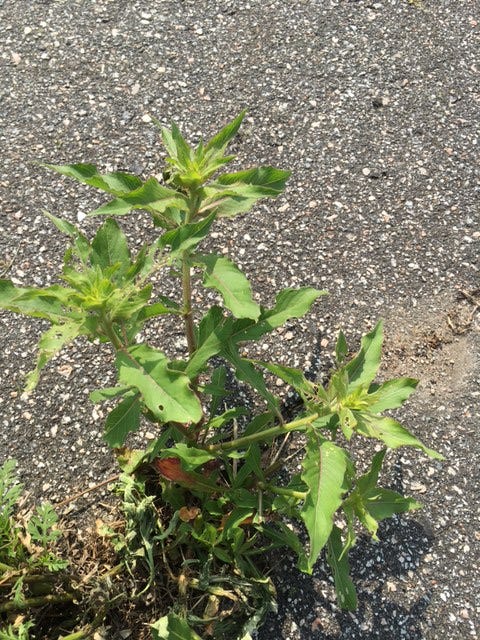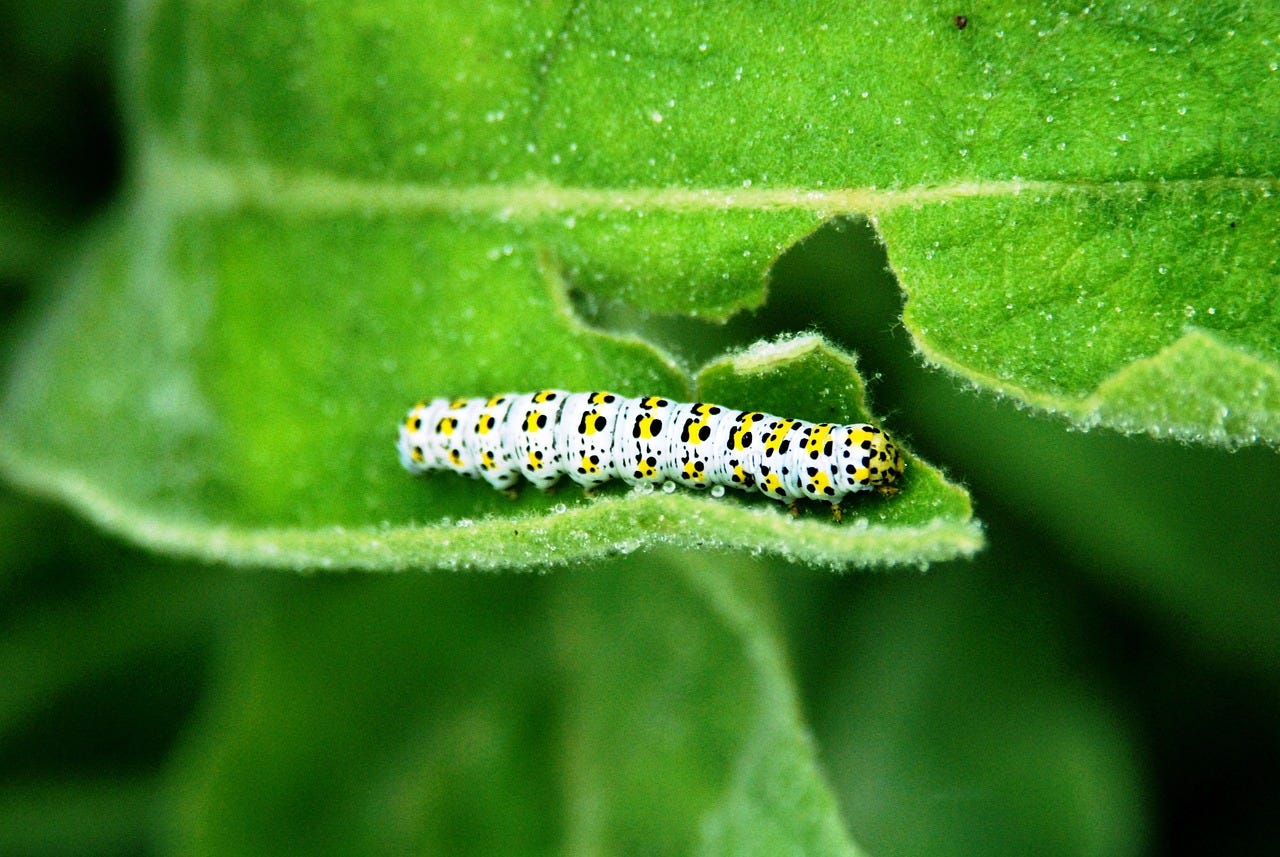If you recall, last week, we discovered how intelligent insects genuinely are. They can learn, remember, and communicate with one another. They relay messages through light, sounds, smells (pheromones), body markings, and even fancy dance moves. Amazing! If you missed it, here's the link.
Now, I want to know how these tiny geniuses know where, when, and how to find the tasty, nutritious pollen and nectar that keeps them going. It must be tough foraging in developed areas where there are fewer and fewer remaining stands of untouched indigenous flora scattered hither, thither, and yon.
We've all heard, Plant It, and They Will Come, meaning if we include a diverse selection of native plants in our landscaping, the insects (pollinators) will find them. What leads them to our smorgasbord of floral delights? How do the buzzing, flittering, creeping, crawling, walking creatures find their favorite delicacies?
On the other hand, we could also look at this from a different perspective. Considering that 75-90% of flowering plants require pollinators to reproduce, flowers, trees, and shrubs are just as desperate to attract pollinators as the insects are to find food. So, maybe my question is backward.
What are the plants doing to attract the pollinators?
On my walks, I've seen solitary flowers growing in out-of-the-way places with all kinds of bugs checking them out. How did the pollinators find them?
Hey You, Pollinators, I'm Down Here!
A few years ago, Dannye Williamsen and I had a blog called Pollinator Central. The following is an excerpt from one of Dannye's articles explaining how plants communicate with pollinators.
Plants attract pollinators in several ways: visual cues, fragrance, ultraviolet hints, and nectar tweaking.
Visual Cues
There are many visual cues flowers present to attract pollinators, cues insects can spot from the air or the ground. These are shape, size, showy petals and sepals, and color. For example, irises produce large flowers to attract bumblebees; the bell-shaped flower of the trumpet honeysuckle attracts hummingbirds; open, flat flowers like the purple coneflower are more pleasing to beetles and other non-flying pollinators.
Fragrance
Fragrance is linked to color. Connecting visual and olfactory channels strengthens the signal the flowers send. If the fragrance is dissipated by wind, the color is still in effect. The bond between these two elements was determined by an international research team that reported its findings in Nature Ecology & Evolution.
Ultraviolet Hints

It seems that certain plants are capable of an optical effect that attracts bees, termed the "blue halo." Certain species of flowering plants have tiny ridges on their petals. These ridges, which vary in height and spacing, scatter light to cast this bluish color, which is invisible to humans. A study by Cambridge University in 2017 suggests that these ridges evolved independently, possibly as a way to attract pollinators by tapping into their ability to see UV light.
Nectar Tweaking
Nectar is primarily sugar water and is sort of a quid pro quo between the flower and the pollinator. Research has shown that the makeup of nectar varies among flowers. Butterflies are attracted to plants whose nectar is high in amino acids since butterflies lack protein in their diet. Hummingbirds prefer highly concentrated nectar because of their energy needs. Bees, it was determined, are capable of discerning differences in sugar concentration as small as 1%-3%.
Plants are clever. Apparently, they seem to know not to produce too much nectar or the pollinators will be sated quickly, which interferes with the pollination process.
HOW PLANTS KNOW TO PREPARE FOR POLLINATORS
Sound
Considering how sound saturates our planet, Prof. Lilach Hadany, Tel Aviv University, set out to prove that plants can differentiate between sounds. Once exposing the flower to various sounds, she discovered that an ultra-low frequency imitating bee wingbeats caused the plant to spend the next three minutes increasing the sugar content in its nectar by 17-20%!
A benefit of this reaction to the sound of wingbeats was that the plant was nine times more likely to be visited by a second pollinator within six minutes, a definite bonus for reproduction.
Another study in phytoacoustics played the sound of caterpillars munching on leaves next to an Arabidopsis plant. The researchers discovered that in response to the sound, the plant flooded its leaves with a chemical deterrent. They determined that plants can retain information and make decisions about their survival based on past experiences.
Are they truly conscious? Perhaps this is not true in terms of human consciousness, which involves self-awareness. Heidi Appel, professor at the University of Toledo takes this stance: "Some have suggested that since plants can form 'memories,' they are therefore conscious beings. Plants do retain information about what they experience, in that their response to changes in their environment can depend on what they've experienced previously. Even offspring may exhibit some traits that are influenced by what their parents experienced."
Appel added, "Retaining information within and between generations of organisms is a trait of all living things, with an increasingly well-understood genetic basis. Whether these constitute 'memories' depends on whether you define 'memory' as 'recall' or something more. If we return to common definitions in the English language, memory as commonly defined does not require self-awareness."
What do you think?
In closing, I have to share this video where David Attenborough raises a remarkable fact about the electrical fields of negatively charged plants attracting positively charged bees. Everybody loves David Attenborough!
https://www.facebook.com/reel/1564277544361764
~~~~~~~~~~~~~~~~~~~~~~
Dear Reader,
I’d be ever so grateful if you would take a few minutes to recommend Let’s Get Our Hands Dirty to your followers on Substack and other social media platforms.
Thank you!
Greta
---------------------------
Let’s Get Our Hands Dirty is a reader-supported publication. This post is free as are all my posts. Please subscribe so you can receive notification when new articles are published. I’d love for you to become a part of our nature-loving family. Basic subscriptions are free, but if you sign up for a paid subscription as a love offering, that would be wonderful and greatly appreciated!
Have a fabulous day,
Greta
Please use the buttons below to Like, Comment, Restack, and Share my post on Substack and other social media platforms.
THANK YOU SO MUCH!








Remember when we were told to talk and sing to our plants. Maybe it's not so far-fetched after all.